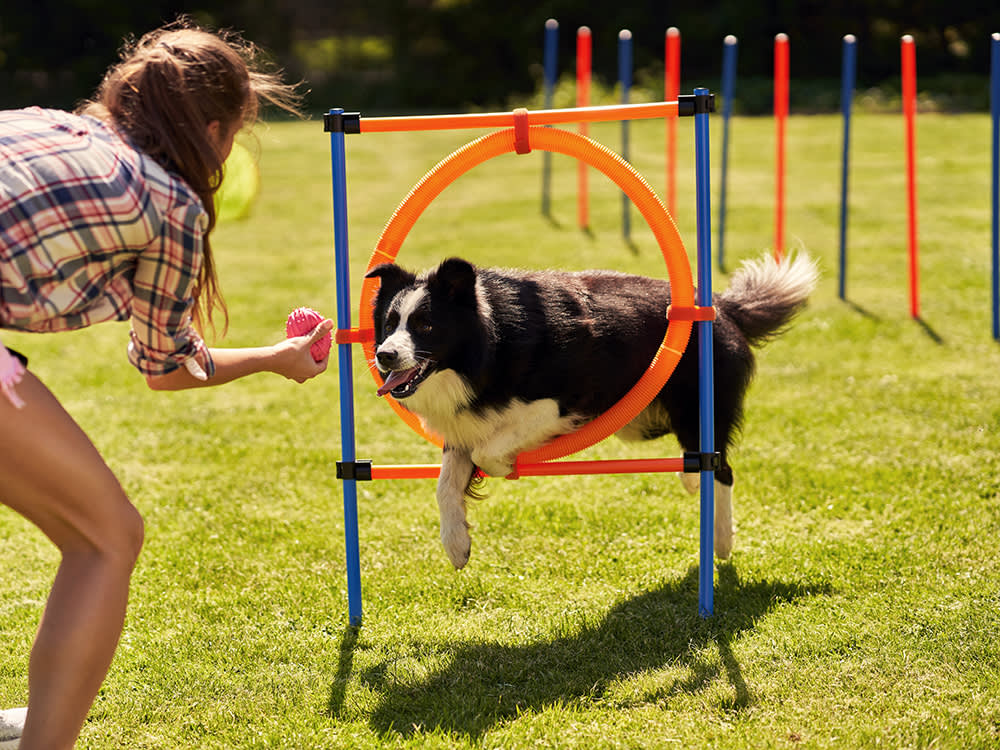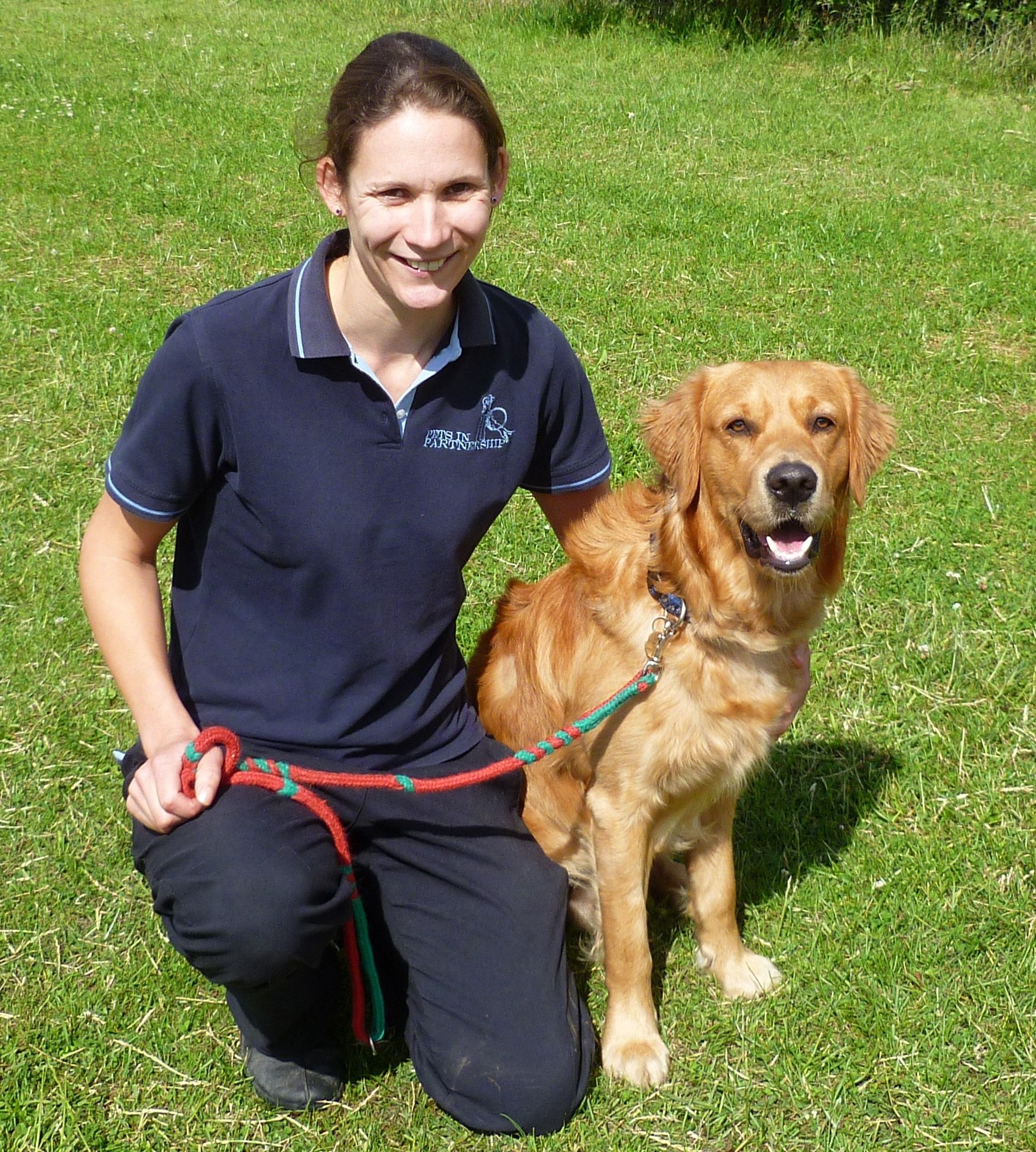Overcoming Challenges in Dog Training: Expert Advice for All Pet Owners
Overcoming Challenges in Dog Training: Expert Advice for All Pet Owners
Blog Article
Newbie's Guide to Effective Pet Dog Training in the house
Effectively training a pet dog in your home calls for a nuanced understanding of canine habits and effective interaction methods. Establishing clear training objectives, utilizing top notch benefits, and preserving uniformity across household members are important aspects. Incorporating training into day-to-day regimens can enhance both involvement and retention. Nonetheless, many newbie fitness instructors encounter difficulties that might prevent progression. To browse these intricacies successfully, it's crucial to discover a number of key facets that can transform your strategy and bring about a harmonious connection with your family pet. What basic concepts should every newbie grasp to make sure success?
Understanding Pet Behavior
Recognizing pet habits is essential for efficient training and promoting a harmonious connection in between humans and their canine friends. Pets connect mostly with body movement, vocalizations, and faces, making it critical for proprietors to analyze these signals properly. Acknowledging habits such as tail wagging, grumbling, or cring can offer insights into a pet dog's mood and objectives.

Typical behavior problems, such as hostility, stress and anxiety, or too much barking, usually come from misunderstandings or unmet requirements. Observing and dealing with these concerns without delay can stop acceleration and make sure a positive training experience. By promoting a deep understanding of pet habits, owners can customize their training approaches to fit their canine buddies, ultimately bring about a happy and mannerly pet.
Crucial Educating Devices
A well-equipped training space can considerably enhance the effectiveness of pet training at home. Important training devices ensure that both the pet dog and the instructor can engage in efficient sessions that cultivate understanding and bonding.

Spending in a sturdy chain and a comfy, well-fitting collar or harness is crucial for security and control. These tools aid develop boundaries and ensure the canine continues to be secure throughout training. Furthermore, a designated training location, without disturbances, aids concentration for both the dog and the trainer.
Educating aids such as training pads, cones, or dexterity devices can additionally enhance the experience by introducing variety and difficulties. Finally, having a note pad or electronic application for tracking progress can be important, permitting you to keep in mind successes and areas for improvement. Using these necessary devices will develop a positive training setting and lay the structure for reliable learning.
Developing an Educating Routine
Establishing a consistent training routine is necessary for reliable canine training in the house. A well-structured routine not only assists in enhancing preferred behaviors but likewise gives your pet dog with a complacency and predictability. To create a reliable training regular, begin by recognizing particular training goals, such as standard commands, leash strolling, or house-breaking.
Pick a marked time daily for training sessions, preferably when your dog is sharp and responsive. Sessions must be short, roughly 5 to 15 mins, to preserve emphasis and stop fatigue. Consistency in timing and environment will boost your pet's knowing experience.
Include training into everyday you can try here activities to strengthen skills. As an example, practice commands throughout walks or mealtime, which integrates finding out into natural routines. Additionally, continue to be flexible and readjust the regular as essential, suiting your pet's power degrees and state of mind.
Positive Reinforcement Methods
Favorable reinforcement techniques are basic to effective canine training, advertising wanted habits with benefits instead of punishment. This approach makes use of positive stimuli, such as treats, appreciation, or playtime, to motivate pets to repeat certain activities. The cornerstone of this method is timing; benefits must be offered immediately following the desired habits to produce a clear association.
When carrying out positive reinforcement, it is vital to pick incentives that are motivating for your pet. High-value treats, such as small items of poultry or cheese, can be especially efficient throughout training sessions. Additionally, varying the incentives can preserve your canine's passion and excitement.
Start with basic commands, like "rest" or "remain," and gradually progress to more complicated tasks. Uniformity is key; make certain that all family members make use of the very same commands and benefit systems to avoid confusion.
Furthermore, it is crucial to remain individual and stay clear of frustration. Canines, like human beings, find out at their own pace. By fostering a supportive training setting via positive reinforcement, you can improve your dog's knowing experience while enhancing the bond in between you and your hairy friend, preparing for effective training results.
Usual Training Challenges
While training a canine in your home can be a fulfilling experience, it commonly includes a collection of common challenges that can examine both perseverance and consistency. One prevalent issue is diversion. Pets may come to be quickly sidetracked by noises, motions, or perhaps scents in their setting, making it tough to preserve their emphasis during training sessions.
An additional difficulty is inconsistency in commands and support. If household members utilize different cues or rewards, it can perplex the pet dog and prevent progression. Establishing a unified technique is essential for reliable communication.
In addition, pets can experience aggravation or tension, especially if they do not comprehend what is anticipated of them. This can result in unwanted actions, such as eating or barking.
Ultimately, the timing of reinforcement is important (Dog training). Postponed incentives can decrease the efficiency of positive reinforcement, as canines might stop working to link the behavior with the benefit
Getting rid of these difficulties calls for dedication, clear communication, and an organized training strategy. Identifying and dealing with these common obstacles will certainly lead the way for an extra effective and enjoyable training experience in your home.
Verdict
In verdict, successful pet dog training in the house necessitates a detailed understanding of canine actions and effective interaction approaches. By establishing clear training objectives and utilizing high-grade deals with along with positive reinforcement, the training process becomes extra rewarding for both the dog and the trainer. Consistency, persistence, and adaptability are vital elements that help with knowing. Eventually, incorporating training into everyday regimens enhances the bond between pet dog and proprietor, making the experience both pleasurable and effective.
Establishing a regular training routine is vital for efficient pet dog training at home.Positive support techniques are basic to efficient canine training, promoting desired habits with incentives instead than penalty (Dog training). By fostering a supportive training Dog training environment through positive support, you can boost your pet dog's learning experience while strengthening the bond in between you visit our website and your hairy buddy, laying the groundwork for successful training results
In final thought, effective canine training at home demands a detailed understanding of canine behavior and efficient interaction approaches. By developing clear training goals and making use of high-grade treats alongside favorable support, the training process ends up being extra fulfilling for both the dog and the instructor.
Report this page